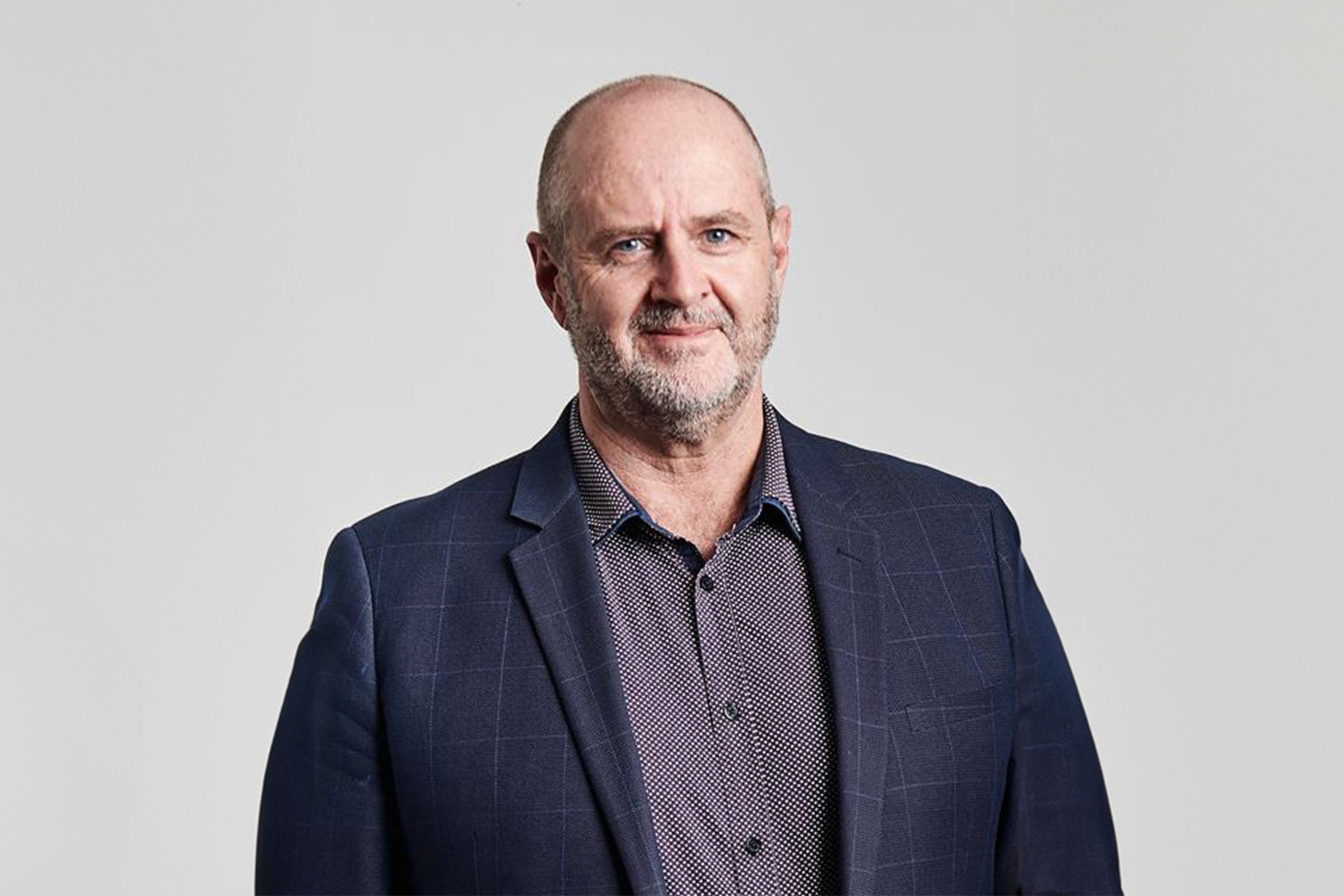Do you have a question? Want to learn more about our products and solutions, the latest career opportunities, or our events? We're here to help. Get in touch with us.
Do you have a question? Want to learn more about our products and solutions, the latest career opportunities, or our events? We're here to help. Get in touch with us.
We've received your message. One of our experts will be in touch with you soon.

“I’ve got a head full of magic,” jokes Glenn Smith, as he recalls obsolete program names and computers models that now belong in a museum. He began his career in retail banking, not too long after banking staff were filling out paper ledgers. Smith spent a couple of years in country and city branches before being accepted into the bank’s Data Processing Centre, which soon became the IT department. Now he’s an Associate Director at Datacom, responsible for the Customer Experience (CX) Service Hub and Customer Delivery (CD) Service Desk; it’s incredible to look back at where it all started.
“There was one computer in the entire bank branch. It was called ‘the machine’ and nobody ever touched it,” he says. “My mentor thought I’d be good at IT, so I put my hand up for the new team.”
His mentor was right – Glenn is really good at IT. He’s been at the forefront of innovation ever since, while ‘the machine’ has gone from a curiosity in the corner to the engine of the economy.
“To give you an idea of the scale, when I was a trainee mainframe operator, I helped manage the data storage for the branches across South Australia and the North Territory. The data amounted to way less than a cheap mobile phone could store, and yet most of our data processing floor space was used to house it. We had rows and rows of disks, the size of washing machines, and the disk itself had to be removed and driven offsite to provide a physical backup. It’s light years from what we do now.”
After two decades in IT banking and finance, Smith continued his career in IT moving into ITIL and Service Management leadership roles among others. At the National Australia Bank, he played a key role in their initial ISO certification and introduction of ITIL and lead the internal Service Desk Teams for several years. He worked in Service Delivery Management for various critical banking systems, ran portfolio planning and PMO functions for core payments and business banking, then managed the Asset Servicing Application department.

“In this space I had about 120 staff all up, running all facets of the software development life cycle, and our systems had over $700 billion in assets under management,” Glenn says. “Our systems were responsible for enabling up to $20 billion each day in in market trades on the stock exchange for our customers, some of Australia’s largest super funds.”
He was then promoted to Head of Service Management Office (SMO), covering the Australian NAB Group. During this time his teams were responsible for running a continuous improvement program that reduced major incidents across the group by over 60%, and for three years reduced overall incidents by 30% year-on-year. This passion for continuous improvement continues in his current role.
After leaving NAB, Glenn had a stint contracting for Coles Myer in the EFT Payments space, before returning to banking in the superannuation field as IT Operations Manager and eventually Head of Technology at Telstra Super. After an 18-month stint as IT Project Director at the Victorian Transport Accident Commission, he and his wife wanted to return to Adelaide, where their extended family lived. He was looking for a role at a smaller company; at around 100 employees, the role of Datacom’s State Operations Manager fit the bill.
“I liked the idea of sharing my knowledge with the folks around there and doing something entirely different. I wanted a downsized role. But after six months at Datacom, the company decided to nationalise all state businesses and I took on the national Service Desk role, so the downsizing didn’t really work out for me!”
When Glenn took on his new role, one of his first responsibilities was to centralise the Service Desks and make the business more efficient and organised. Ever since, the Datacom IT Service Desk has been winning an impressive amount of business in Australia, with a strong pipeline of work.
“We’ve gone from a team of 150 to nearly 300 by the end of this year for our Service Desk. The Service Desk spans both the Contact Centre business, and Datacom IT Systems. It’s like a Venn diagram with a big overlap between IT and the Service Desk. What’s nice is we’re building pathways for careers where people can move from Contact Centre to IT Service Desk, and into engineering and other IT professional roles and career pathways.”
Helping people find a new direction is a satisfying part of the job for Glenn, because he has a unique perspective on the industry.

“I talk to the new gen of IT workers and tell them that I’ve had so many jobs in my career that don’t exist anymore, like working as a print jockey with an impact printer,” he says. “It’s easy to get concerned about the pace of change, but if you’re adaptable and flexible you’ll hang around and create a role for yourself.”
As part of his role on the Datacom Reconciliation Action Plan (RAP), Glenn also works as to build career pathways and development plans specifically for First Nations people across Australia.
Datacom is a partner of the GO Foundation, which has around 1200 indigenous students on scholarship programs across SA, ACT and NSW. Glenn recently hosted the GO team at Datacom’s Modbury campus for a workshop with Associate Director of Learning & Development Jenny Angus and her team.
“We really want to use the great work that Jenny and her team do in preparing people from all walks of life for roles in our business,” says Glenn. “Datacom is working is to provide career pathways for GO scholars into a diverse range of roles spanning both the contact centre and IT industries.”
Glenn is excited about the next generation of Service Desk technology, from chatbots to cognitive learning and Artificial Intelligence (AI) chat.
“We’re looking at end user experience monitoring, to move us from being reactive to proactive for end user tech issues” he explains. “We can gather data on what’s happening in the network, tell how strong your home Wi-Fi signal is and run diagnostics if we see an issue - instead of waiting for it to fail in the middle of a meeting.”
Giving users more channels for communication is also essential as new generations enter the workforce. Glenn says that as a member of Generation X, he has a different preference for access services compared to a Millennial, and someone from Generation Alpha another set of preferences altogether.
“We need to be able to cater for a very diverse customer set. As the use of chatbots and AI learning for process execution expands, it enables us to focus on the gnarly stuff, where you need that human interaction. Our staff can use their deductive or inductive reasoning and ask the right questions,” Glenn says. “We’re pushing more contemporary channels and fulfilment methods through chatbot and robotic orchestration. But when people want to talk to someone, we’re always here to help.”